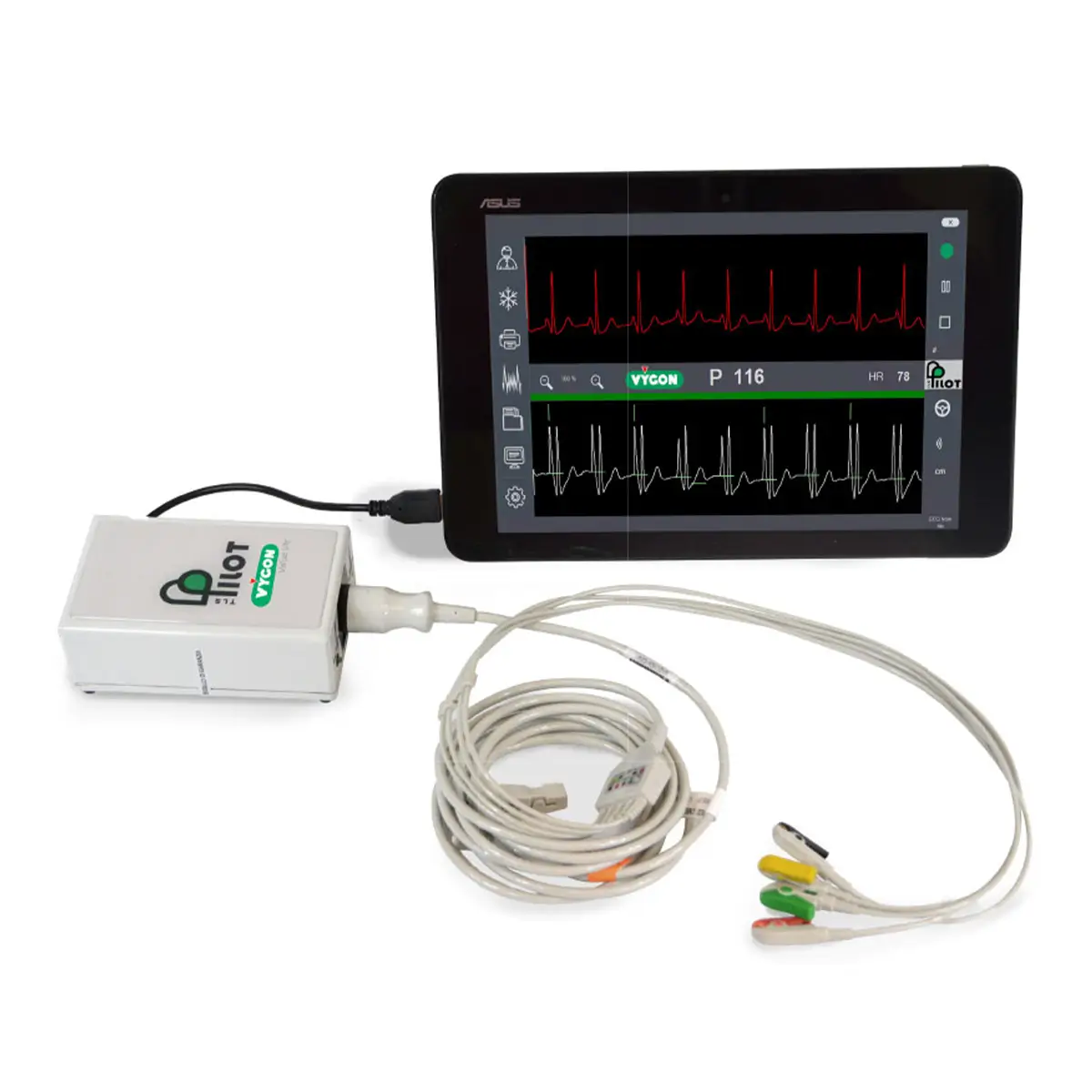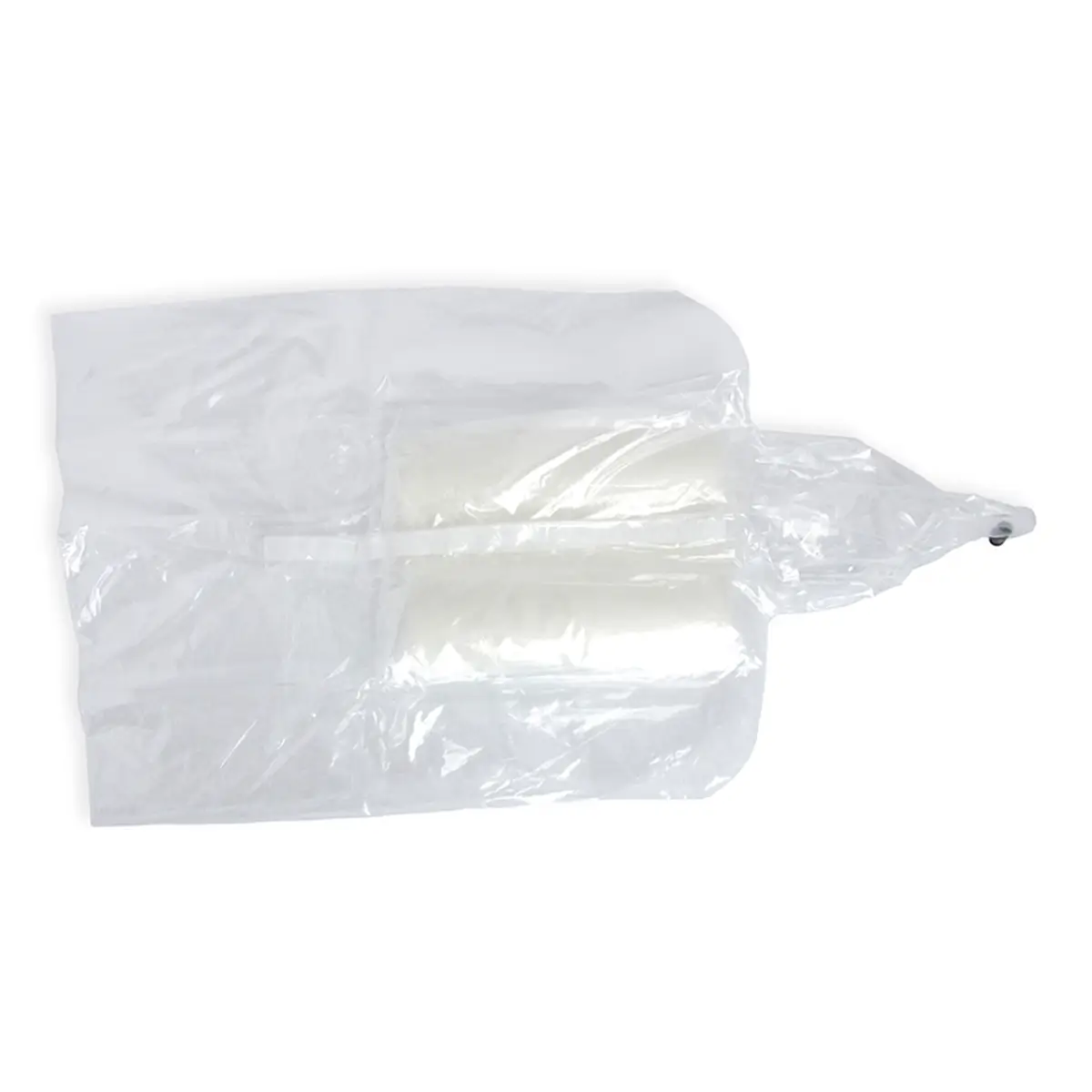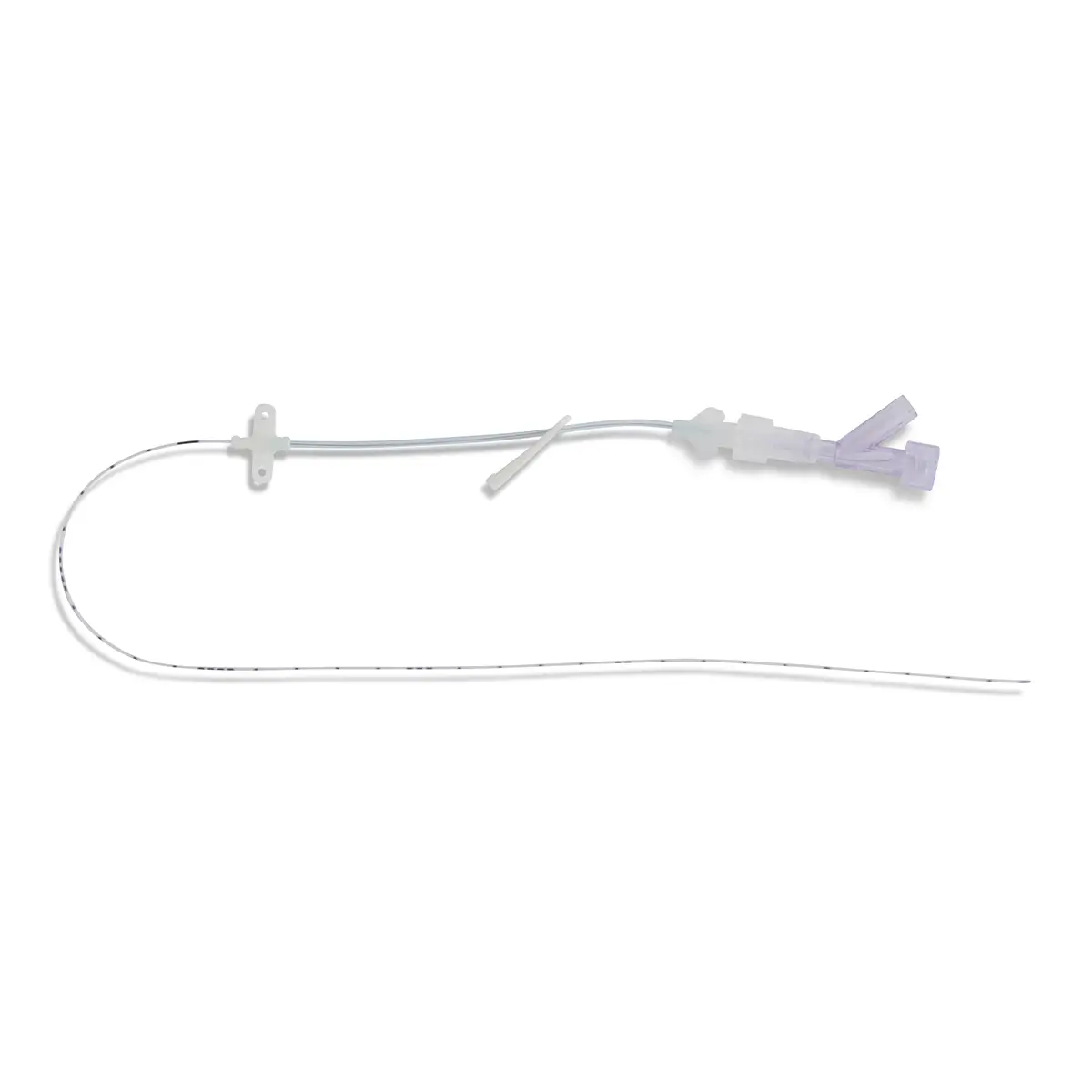What is a blended diet and how to get started?

As a parent of a child who requires enteral feeding, you know how important it is to provide your child with nutrition. While traditional feeding methods involve the use of a feeding tube and specialised formula, a blended diet may offer additional benefits for your child.
In November 2019, the British Dietetic Association (BDA) published a new, public facing, Policy Statement on the use of blended diet with enteral feeding tubes which advised that blended diet can be offered to tube-fed individuals and their families as an option as part of patient centred and personalised care (1). Since then, there has been an increase in interest around blended diets. In this article, we explore the impact of blended diets for children needing enteral feeding.
What is a blended diet?
A blended diet involves using whole foods that are pureed or blended into a consistency that can be easily consumed through a feeding tube. This approach is becoming increasingly popular among parents of children who require enteral feeding. Blended diets can be customised to meet the specific nutritional needs of your child and can provide a more diverse range of nutrients than traditional formula-based diets.
What are the benefits of a blended diet?
One of the main benefits of a blended diet is that it allows your child to consume whole foods, which can improve their overall health and well-being. Whole foods are packed with essential vitamins, minerals, and other nutrients often unavailable in formula-based diets. A blended diet can also help reduce the risk of constipation and other digestive issues that are common among children who rely on formula-based diets. It has also been reported by parents of children using blends that they have glossier hair, stronger nails, and brighter skin.
Another benefit of a blended diet is its psychological effects on the child and the whole family. Consuming the same food as the rest of their family, only blended, allows parents to include tube-fed children in social occasions, like Christmas dinner and birthday cakes. Blended diets also enable parents to share their preferred diets, such as vegan diets, with their tub-fed child.
What are the challenges of a blended diet?
While a blended diet can offer many benefits, it is important to work closely with your child's healthcare team to ensure that their nutritional needs are being met. A blended diet requires careful planning and monitoring to ensure your child receives the proper balance of nutrients. As well as providing adequate food temperature and storage requirements. Additionally, some children may have difficulty tolerating certain foods, which can make it challenging to create a blended diet that meets their needs.
It is also important to note that a blended diet may not be appropriate for all children who require enteral feeding. Children with certain medical conditions or who need specialised formulas may be unable to tolerate a blended diet. It is always important to discuss the use of a blended diet with your child's healthcare team to determine if it is appropriate for your child.
Getting started if considering a blended diet.
As mentioned, discussing the viability of introducing a blended diet with your child's healthcare team is essential. Until now, resources and studies for parents and clinicians have been limited, which is why Vygon UK funded the Blends Project work from The University of Nottingham to provide educational resources and support for parents.
In conjunction with Professor Jane Coad and Dr Sarah Durnan at The University of Nottingham, together with a group of parents who are already using blended diets, we developed these resources which share their experience and tips so you can choose if a blended diet would be appropriate for you and your family.
References
[1] British Dietetic Association. Policy Statement. The Use of Blended Diet with Enteral Feeding Tubes. 2019.






























